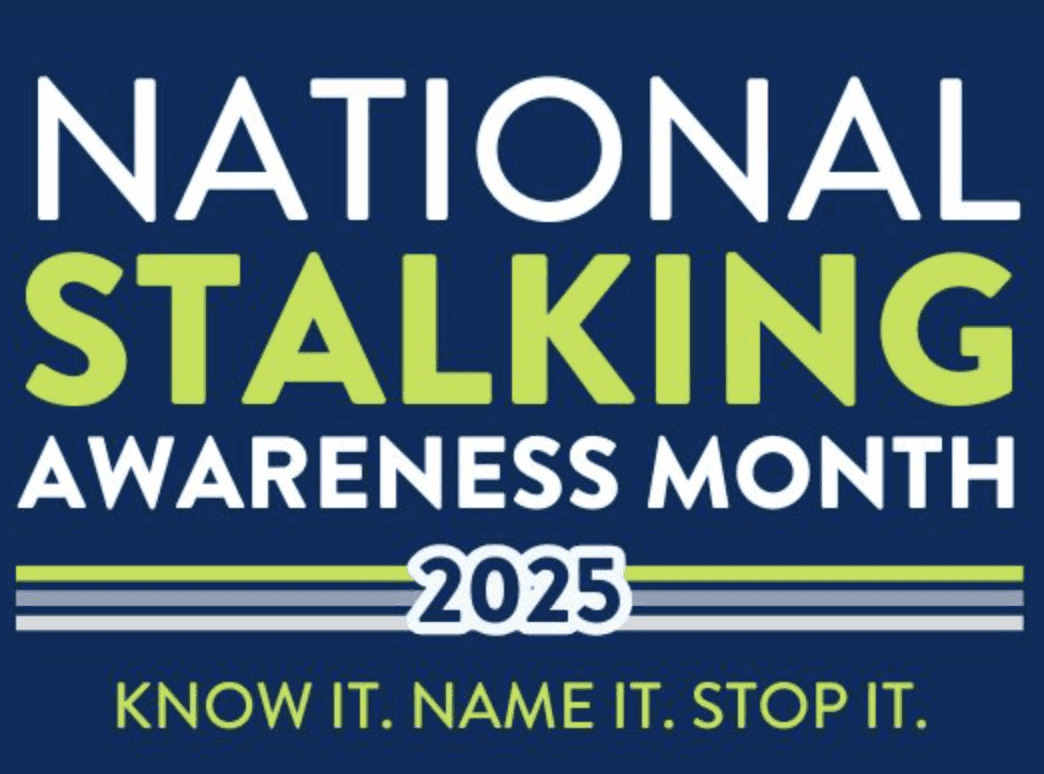Casting your line and reeling in a healthy dinner for you and your family is now as easy as a visit to your local supermarket. Fish and seafood offer plenty of health benefits including heart-healthy omega-3 fatty acids, low levels of fat and high levels of protein. And, these tasty treats are now widely and readily available, no matter how far away you live from the ocean.
Many seafood lovers are intimidated at the thought of cooking fish at home, but following a few simple steps can help you make sure you’re getting the safest and most delicious fish and seafood to throw on the grill or in the oven.
Safety
The U.S. Food and Drug Administration defines fish to include fresh and saltwater finfish, shellfish, crustaceans and other forms of aquatic animal life. To put consumer minds at ease, regulatory measures are in place to maintain the quality of commercially marketed fish and seafood and to reduce the possibility of potentially illness-causing food-borne bacteria.
Consumers can rest assured that by the time seafood arrives at their market or grocery store, it’s already undergone a thorough inspection process.
Freshness
There are also measures consumers can, and should, take to make sure they are getting the best the sea has to offer.
Before you get your heart set on a dinner of grilled swordfish or yellowfin tuna sashimi, visit the fish counter to see what looks the freshest. Buy what looks best to you that day. It’s also a matter of taste — keep in mind that lake fish tends to have a milder flavor than ocean fish.
If you’re in the market for whole fresh fish, make sure the fish itself looks newly caught. The eyes should still be bright and clear; cloudiness indicates the fish may have been out of water longer than you want. The gills should be bright red and the skin should still have a shiny sheen.
When buying fish steaks or fillets, they should be solidly opaque and firm with a slightly shiny gleam to the flesh. Dull-looking fish that dents easily when pressed is not of the freshest quality.
Smell
Another great guideline to use for buying fish is to remember that the fish itself shouldn’t smell "fishy." Fresh fish and shellfish should have a clean, salty scent. If it smells the least bit bad or overpowering, don’t buy it.
In purchasing live lobsters or crabs, look for the most active ones. The same goes for clams, oysters and mussels. They should be tightly closed and very much alive when you buy them. While you’re preparing clams, oysters or mussels at home, discard any shells that have already opened and do not close immediately when tapped. The reverse rule applies after cooking – discard any shells that do not open.
Enjoy while it’s fresh
Try to eat any fresh seafood as soon as you can after purchasing to enjoy it at its best. If customers plan to freeze their fish purchase, they can ask for it to be double-wrapped. Although it may not have exactly the same fresh taste as unfrozen varieties, frozen fish makes a convenient purchase, especially if you’re not going to be eating it immediately.
If you have any questions about the freshness of anything at the fish counter or how to prepare it, don’t hesitate to ask the employees on staff.
Tips
When choosing fish or seafood:
– Buy what’s freshest for best flavor.
– Make sure fish is kept cold and properly stored both at the store and once you get it home.
– Lobsters, crabs, clams, mussels and scallops should be very much alive when you buy them.
– Whole fish should look newly caught and smell fresh, not fishy.
– Fish fillets or steaks should be firm and opaque.
– Eat fish or seafood within a day of purchase or freeze it.
2008, Tribune Media Services



